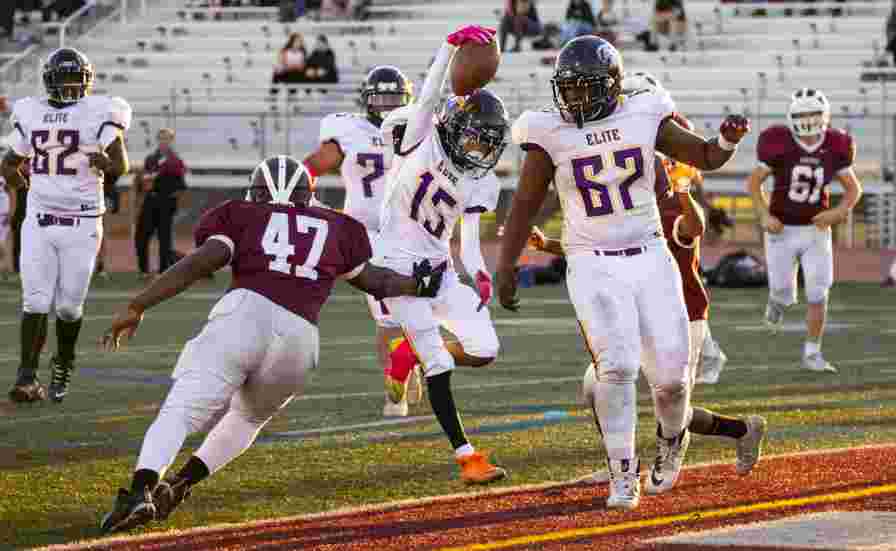In the area of professional sports activities, few events generate as a great deal exhilaration and anticipation as the annual draft. Teams meticulously scout and analyze potential gamers, hoping to unearth the following celebrity who will cause them to glory. However, amid the jubilation of draft day, there exists a sobering fact: no longer does each choice pan out as anticipated. For every LeBron James or Lionel Messi, there are infinite memories of unsuccessful draft pick alternatives that go away teams and enthusiasts alike scratching their heads in bewilderment.
The Illusion of Certainty
At the coronary heart of unsuccessful draft pick alternatives lies the illusion of fact. Despite advances in scouting generation and records analytics, the artwork of evaluating skills remains an inherently subjective undertaking. Scouts and trendy managers pore over sports pictures, scrutinize statistics, and conduct interviews in an try to gauge a participant’s potential. Yet, even the most thorough critiques can falter in predicting how a participant will fare on the expert level.
One of the number one challenges in evaluating draft potentialities is the transition from newbie to expert competition. Many gamers excel in university or young people’s leagues but want to copy their achievements in opposition to tougher fighters in the expert ranks. Moreover, elements consisting of accidents, off-discipline troubles, and personal situations can derail even the most promising careers, rendering pre-draft assessments obsolete.
The Pressure Cooker of Expectations
Unsuccessful draft selections are also frequently sufferers of their very own hype. Highly touted potentialities pressured with lofty expectations can collapse beneath the weight of public scrutiny and strain to carry out. Media attention, fanfare, and beneficial endorsement deals can create an ecosystem of sizeable pressure, leaving younger athletes liable to underperformance and mental stress.
In a few cases, the pressure to justify a high draft choice can lead gamers to undertake reckless or egocentric playstyles, prioritizing personal accolades over group achievement. This phenomenon, called the “sophomore droop” in sports like basketball and soccer, underscores the mental toll that expectancies can genuine on younger athletes.
The Role of Development and Coaching
While expertise is absolutely an essential component in athletic success, it’s miles frequently overshadowed by the significance of improvement and coaching. Many times, unsuccessful draft selections languish on the bench or in minor leagues, deprived of the steering and mentorship vital to understanding their complete capacity.
Effective coaching involves more than just Xs and Os; it calls for patience, communique, and the capability to tailor strategies to fit character players’ strengths and weaknesses. Unfortunately, not all teams possess the sources or information to nurture young skills effectively, leading to squandered opportunities and unrealized capability.
The Pitfalls of Groupthink
Another contributing issue to unsuccessful draft choices is the superiority of groupthink inside scouting circles. In an industry where consensus evaluations frequently deliver greater weight than unbiased analysis, unconventional or dissenting viewpoints are regularly disregarded or left out. This herd mentality can result in groups overlooking diamonds in the difficult or succumbing to the attraction of exceptionally touted possibilities with doubtful long-term prospects.
Moreover, the echo chamber of social media and sports punditry can exacerbate this tendency, amplifying the hype surrounding certain gamers whilst marginalizing others. As a result, groups chance falling victim to affirmation bias, reinforcing preconceived notions approximately a player’s capabilities without seriously comparing the proof to hand.
Learning from Failure
In hindsight, the prevalence of unsuccessful draft pick alternatives serves as a poignant reminder of the inherent uncertainty and unpredictability of sports activities. No amount of scouting or analysis can remove the threat of selecting a bust, nor can it assure fulfillment inside the extremely competitive landscape of professional athletics. However, rather than lamenting past errors, groups, and businesses can use those studies as studying opportunities to refine their scouting methodologies and decision-making approaches.
Embracing a growth mindset calls for humility and introspection, acknowledging that failure is a crucial part of the adventure toward success. By fostering a culture of duty and non-stop improvement, groups can mitigate the risks associated with drafting possibilities and increase their possibilities of uncovering hidden gems in future drafts.
Conclusion
Unsuccessful draft picks constitute a conundrum that has long puzzled sports fans and analysts alike. From can-not-leave-out potentialities who fizzle out to unheralded inexperienced persons who blossom into stars, the draft is a breeding ground for each triumph and unhappiness. Yet, amidst the uncertainty and volatility, there exists a possibility for increase and introspection.
By scrutinizing the foundation reasons for unsuccessful draft pick alternatives and mastering past mistakes, groups can chart a course toward sustained success in the ever-evolving landscape of professional sports. Whether through progressed scouting techniques, higher coaching and improvement strategies, or a willingness to assign traditional awareness, the search to perceive and nurture expertise remains a long-lasting pursuit—one fraught with danger, but brimming with the promise of greatness.
